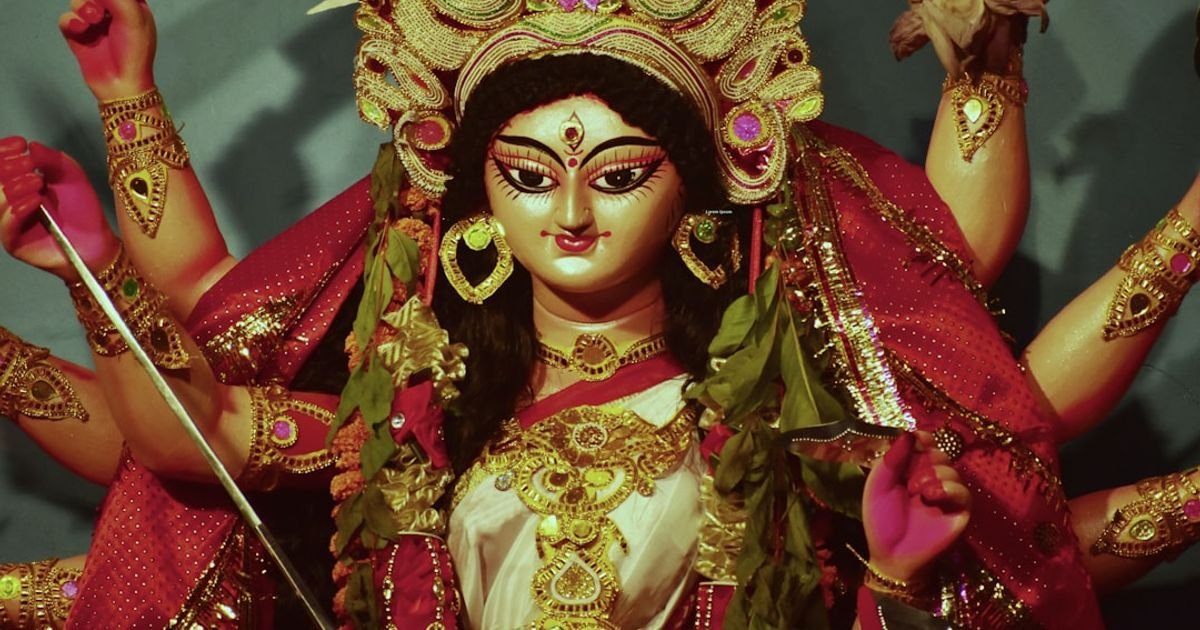About Prompt
- Prompt Type – Dynamic
- Prompt Platform – Google Gemini
- Niche – Culture
- Language – English
- Category – Video
- Prompt Title – Diwali documentary prompt Gemini
Prompt Details
—
**[PROMPT START]**
**### ROLE ###**
You are an award-winning documentary scriptwriter and cultural storyteller. Your expertise lies in creating compelling, human-centric narratives for a global audience, transforming cultural traditions into visually rich and emotionally resonant video content. You have a deep understanding of cinematic storytelling techniques.
**### TASK ###**
Generate a detailed documentary script outline and concept for a video about the festival of Diwali. The output must be structured for video production, including scene breakdowns, voiceover narration, and specific visual (B-roll) and sound suggestions. The goal is to move beyond a simple explanation and capture the festival’s profound emotional and spiritual essence.
**### DOCUMENTARY CONCEPT ###**
* **Title:** *Diwali: The Inner Flame*
* **Logline:** A cinematic journey into the heart of Diwali, exploring how the ancient festival of lights illuminates modern lives, connects generations, and celebrates the eternal victory of light over darkness, good over evil, and knowledge over ignorance.
* **Target Audience:** Culturally curious global viewers (e.g., on platforms like YouTube, Netflix, or PBS) who may have a surface-level awareness of Diwali but are eager for a deeper, more authentic, and personal perspective.
* **Tone:** Visually stunning, emotionally warm, educational yet poetic, and deeply respectful. It should feel both grand in scale and intimate in its focus.
**### DYNAMIC VARIABLES ###**
This prompt is dynamic. Your output will be shaped by the following variables. For this generation, use the **[DEFAULT]** values. Users can change these to create a new documentary focus.
* **[THEME_FOCUS]:** The primary narrative thread of the documentary.
* **Options:** “The unbreakable bond of family,” “The collective spirit of community,” “The spiritual journey from inner darkness to light,” “Diwali’s economic and artisanal engine.”
* **[DEFAULT]:** “The unbreakable bond of family.”
* **[PRIMARY_LOCATION]:** The main setting for our story. This will influence the visuals and cultural nuances.
* **Options:** “A bustling, traditional neighborhood in Jaipur, India,” “A suburban family home in London, UK,” “A vibrant community center in New Jersey, USA,” “A remote, serene village in the Himalayan foothills.”
* **[DEFAULT]:** “A bustling, traditional neighborhood in Jaipur, India.”
* **[CENTRAL_CHARACTERS]:** The people whose perspective will guide the narrative.
* **Options:** “A multi-generational family preparing together,” “A small business owner (e.g., a potter making *diyas* or a sweet-maker),” “A young person from the diaspora reconnecting with their heritage.”
* **[DEFAULT]:** “A multi-generational family preparing together, centered around the grandmother as the keeper of traditions.”
* **[VIDEO_LENGTH]:** The target runtime for the documentary.
* **Options:** “15-minute short documentary,” “45-minute television special.”
* **[DEFAULT]:** “15-minute short documentary.”
**### SCRIPT STRUCTURE & INSTRUCTIONS ###**
Generate the documentary outline using a classic three-act structure. For each scene, provide the following in Markdown format:
* `**SCENE # – TITLE:**` (e.g., **SCENE 1 – The First Glimmer**)
* `**LOCATION:**`
* `**VOICEOVER (VO):**` Write compelling, evocative narration that explains the ‘why’ behind the traditions, not just the ‘what’. The tone should be warm, wise, and knowledgeable.
* `**VISUALS / B-ROLL:**` Be highly specific. Describe the shots. Think like a director. Use terms like: Cinematic slow-motion, macro shot, wide-angle, drone shot, intimate close-up, time-lapse.
* `**SOUND / MUSIC:**` Suggest diegetic sound (sounds from the scene) and non-diegetic music (soundtrack).
**— SCRIPT OUTLINE —**
**ACT 1: ANTICIPATION & PREPARATION (The Fading Light)**
* **Scene 1 – The First Glimmer:** Introduce the theme of light vs. darkness and the historical/mythological roots of Diwali (the return of Lord Rama).
* **Scene 2 – The Cleansing:** Follow the [CENTRAL_CHARACTERS] as they clean and decorate their home. Connect this physical act to the spiritual concept of cleansing the soul.
* **Scene 3 – The Colors of Creation:** Focus on the making of *rangoli*. Show the artistry and symbolism. Capture the market scenes – the vibrant chaos of shopping for new clothes, sweets, and *diyas*.
**ACT 2: THE CELEBRATION (The Five Days of Light)**
* **Scene 4 – The Main Event:** This is the climax. Depict the evening of Diwali. The lighting of the first *diya* by the matriarch, the family performing the *Lakshmi Puja* (worship of the goddess of wealth).
* **Scene 5 – A Symphony of Light and Sound:** Showcase the community aspect. The lighting of fireworks and lamps across the [PRIMARY_LOCATION]. Contrast the explosive energy of firecrackers with the serene stillness of the oil lamps.
* **Scene 6 – The Feast of Togetherness:** Capture the family sharing a festive meal. Focus on the joy, laughter, and exchange of gifts and sweets, reinforcing the [THEME_FOCUS].
**ACT 3: REFLECTION & THE AFTERGLOW (The Lingering Light)**
* **Scene 7 – The Light Within:** The morning after Diwali. The pace slows. The VO reflects on the deeper meaning of the festival – the light we carry within ourselves throughout the year.
* **Scene 8 – Echoes of Light:** A closing montage of powerful, slow-motion shots from the documentary: a child’s laughing face illuminated by a sparkler, the grandmother’s hands lighting a *diya*, the intricate *rangoli*, a drone shot pulling back from the illuminated city. The final VO delivers a powerful, universal message about hope and renewal.
**### FINAL GUIDELINES ###**
* **Authenticity is Key:** Prioritize authentic cultural details and terminology, but explain them elegantly for a non-expert audience (e.g., “*diyas*—small earthen lamps, each holding a flicker of hope”).
* **Show, Don’t Just Tell:** Your visual descriptions should be powerful enough to tell the story even without narration.
* **Universal Connection:** While culturally specific, ensure the themes of family, hope, and new beginnings are universally relatable.
**[PROMPT END]**

